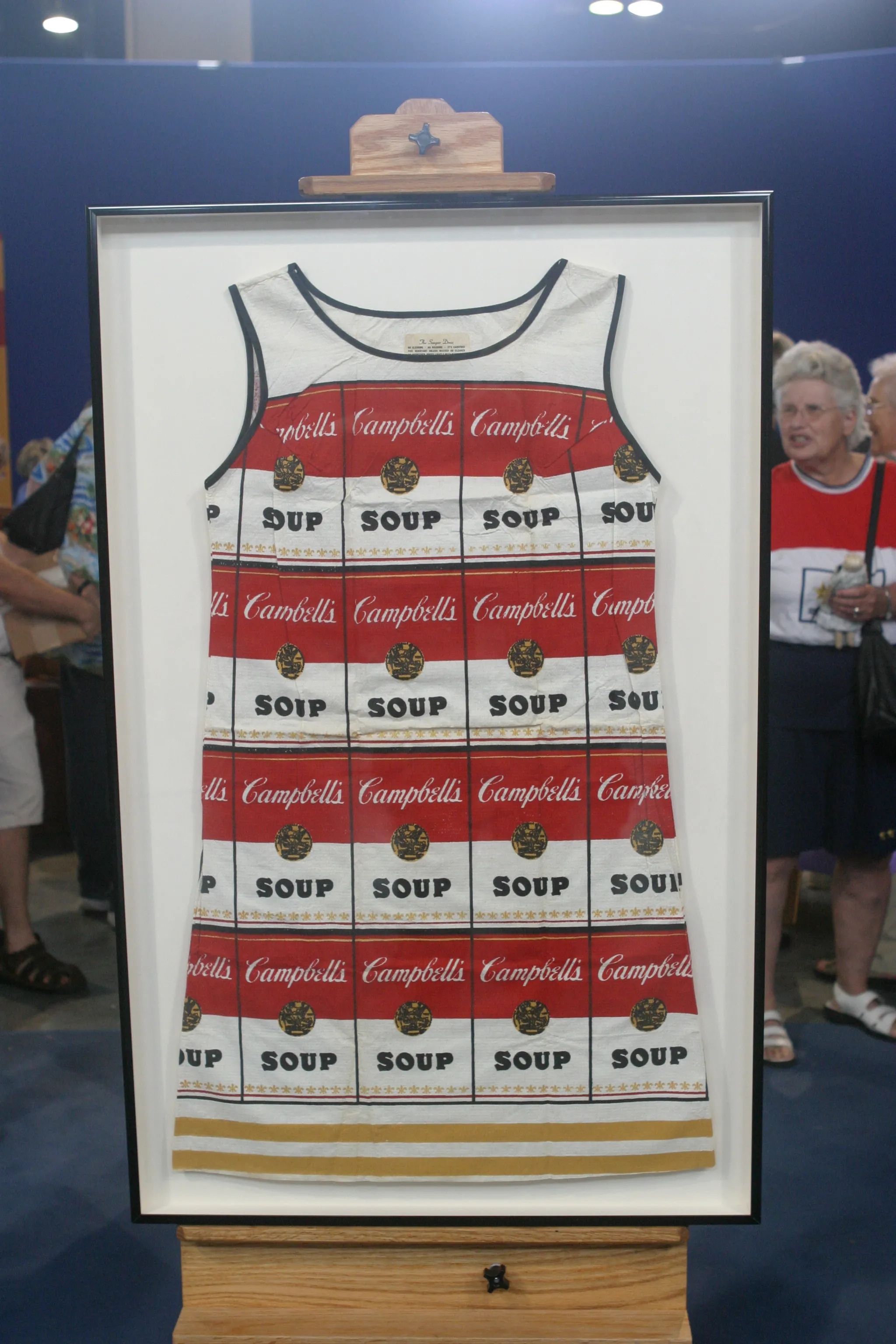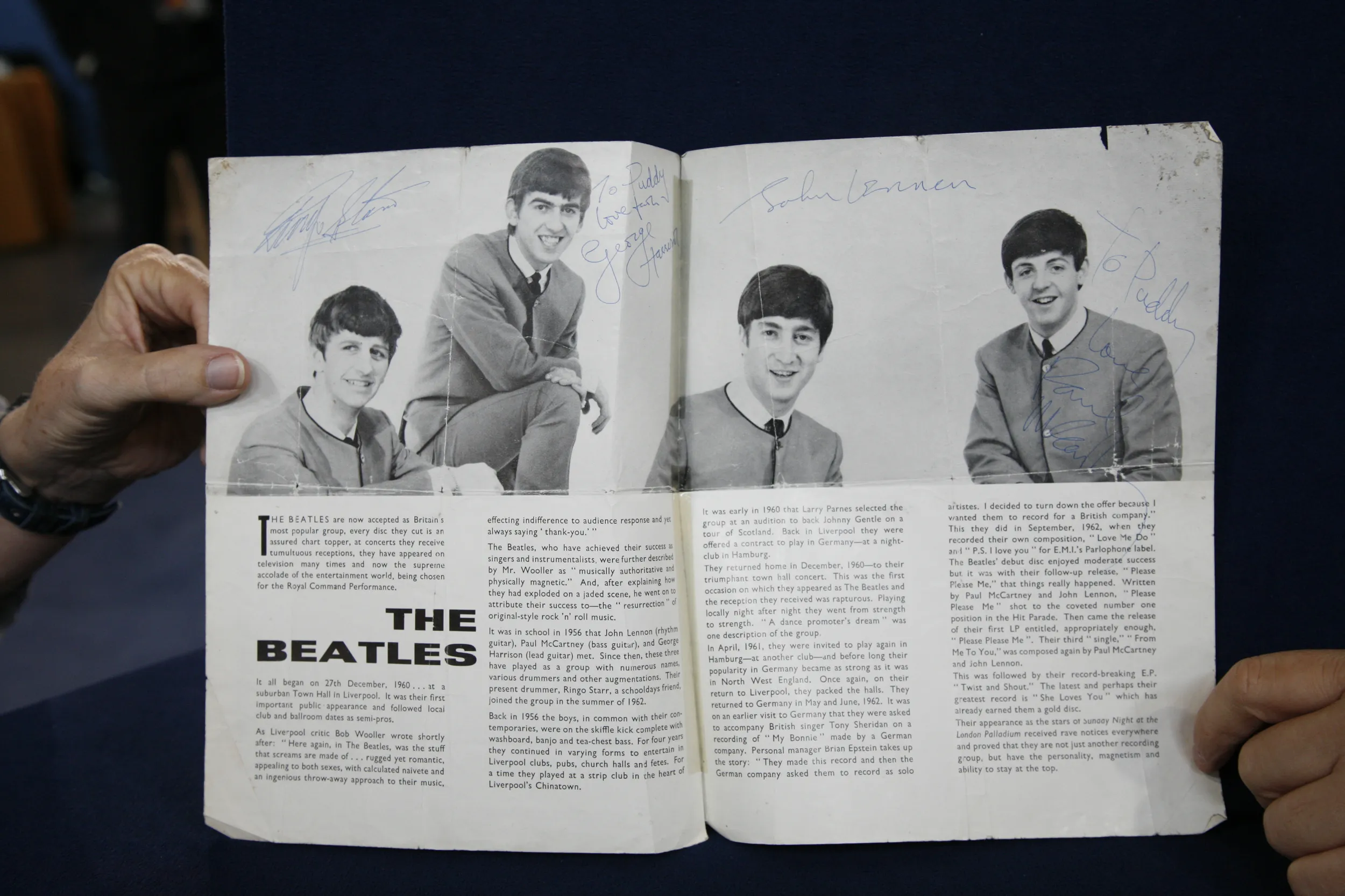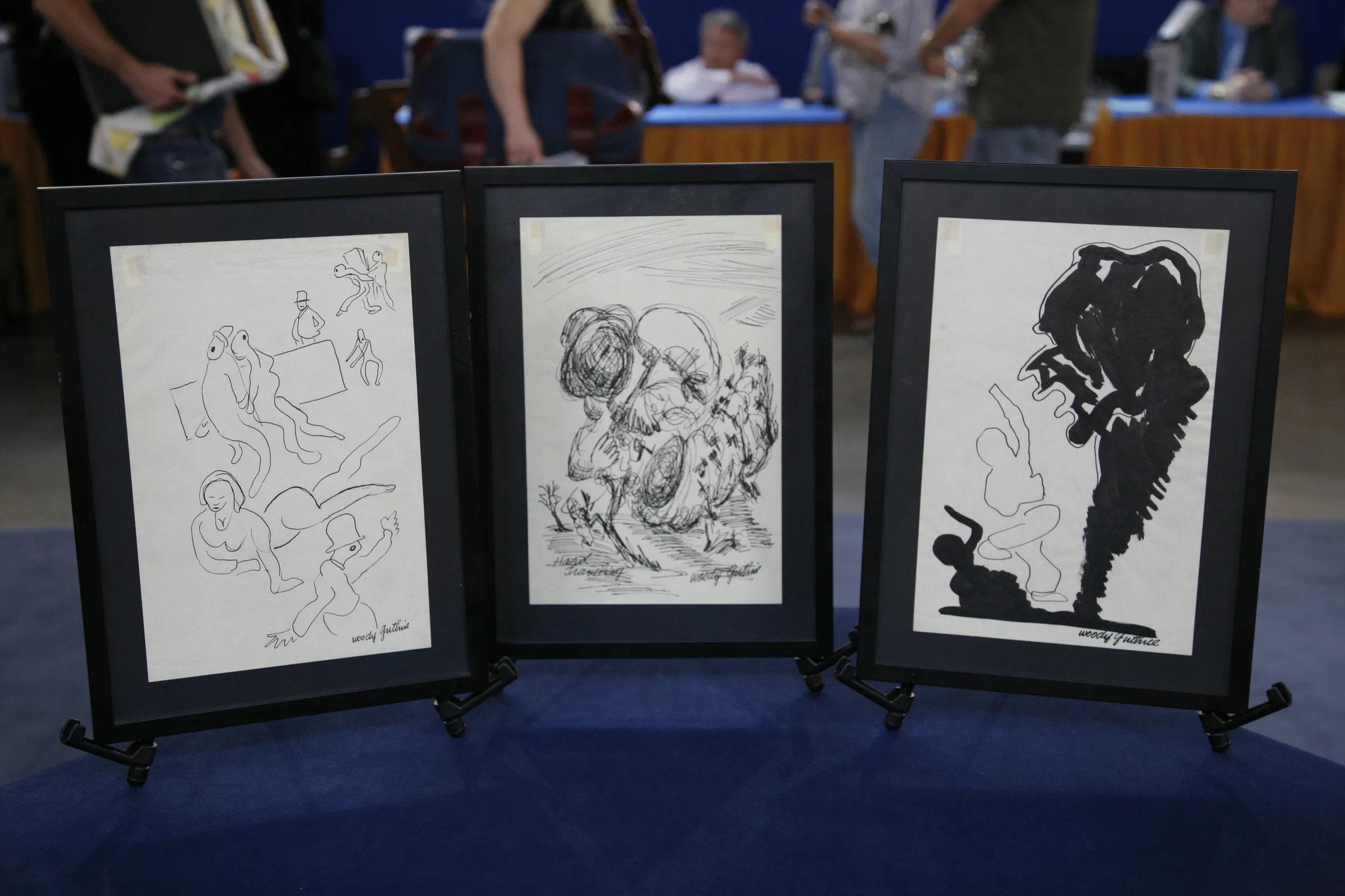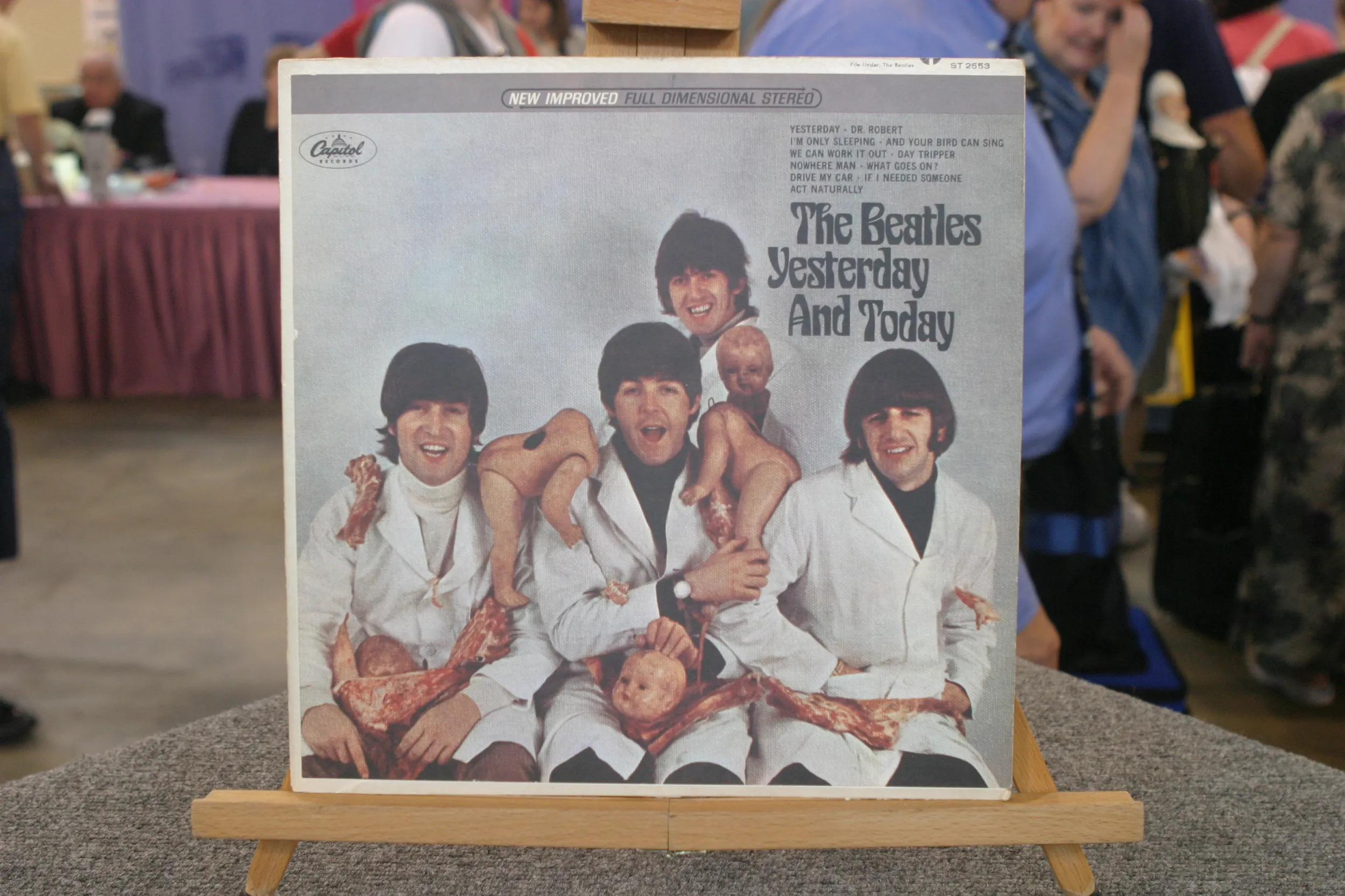GUEST: My father is from Ohio originally and he retired out to New Mexico several years ago, and in 2004 or '05, he gave me some things, stuff. This was in the stuff. He was away until four, five months ago, I was going through some things for a garage sale and pulled it out and was like, "Oh, this is comfortable," and sat in it. And my friend, who was helping me, friend at the time, is a woodworker and does upholstery, and he says, "Wow, this is very cool. Can I have this, can I buy this?" I said, "No, I like it, I think I'll keep it." Anyway, he went back and researched it and he got online and he said, "You know, I think this may be a piece that you may want to find more about."
APPRAISER: This was made by a man named Wharton Esherick from Pennsylvania. Esherick was a craftsman who kind of bridged the gap between the Arts and Crafts period and the modern studio craftsman. He was born in the 19th century, and he was one of the first craftsmen that really started taking away classical ornament and really started focusing on pure form, so this is a very simple stool. And his work kind of almost looks like folk art, or outsider art, until you really start looking at how clever the work is. He was really interested in taking ordinary household items and giving them a sculptural quality. The top is not quite square, it's not round, and the edges are very subtly curved, like sculpture. It's very nicely marked underneath here, Wharton Esherick, "W.E., 1960." Unlike a lot of other craftsmen from the period who had large workshops and many people working for them, Wharton Esherick's work was much more intimate. He made every single piece himself. Therefore, you don't see them on the market very often. Stools like this come in various shapes and sizes, but typically they have three legs, they have this nice little peg joint on the top. This one has something spilled or stained on the top. Do you know what might have happened there?
GUEST: I don't know anything about it.
APPRAISER: Ten years ago, I would have said this needs to be restored, but now we think that this is part of the history of the piece. It tells a story. Someone probably put a plant there and used it as a plant stand.
GUEST: Once I got down here and y'all were interested, I was like, "Oh, I should have cleaned it!" It's so dirty, I haven't done anything to it.
APPRAISER: Well, now the one thing I hope everyone has learned by looking at the ROADSHOW all these years is...
GUEST: Don’t clean it!
APPRAISER: Did you ever think about selling it?
GUEST: Well, actually, I would have sold it for maybe 30 bucks at the garage sale, but then, you know, when my fiancÈ said, "You better not. Take a look at this..." I'm not attached to this, so yeah, I would sell it if... I would sell it.
APPRAISER: Well, in today's market, there are quite a lot of collectors who are looking for Esherick pieces, and because this one is very nicely stamped and marked, it's made out of black walnut and hickory, I think a collector would probably easily pay $2,500 at auction in today's marketplace.
GUEST: Wow, wow. Great, that's great, wow.
APPRAISER: So what are you going to do with it now?
GUEST: I'm going to sit on it. I'm going to quit not sitting on it. I'm going to sit on it.










